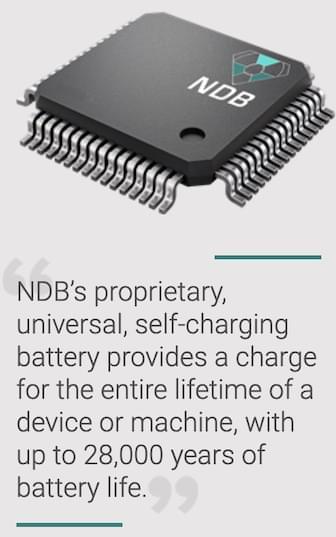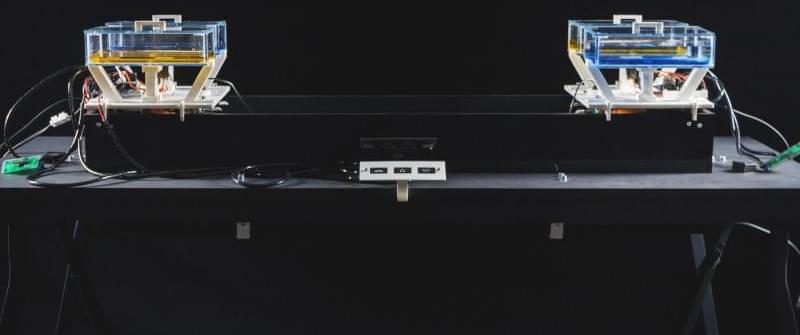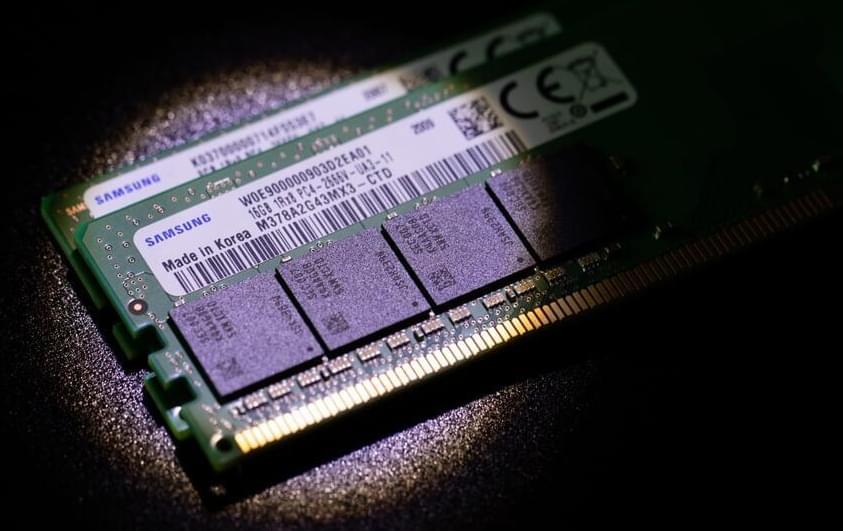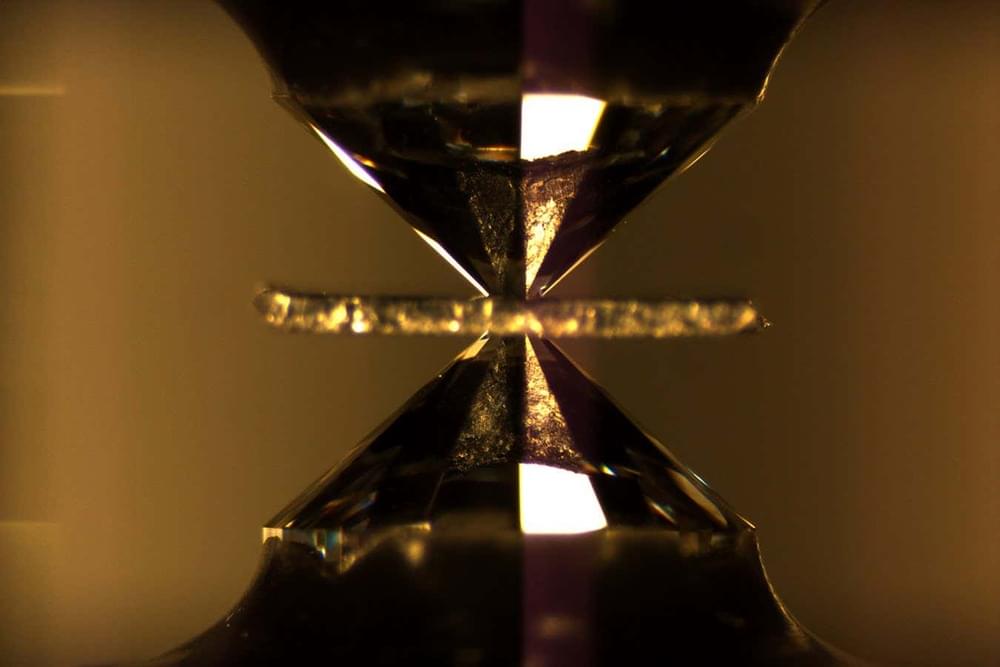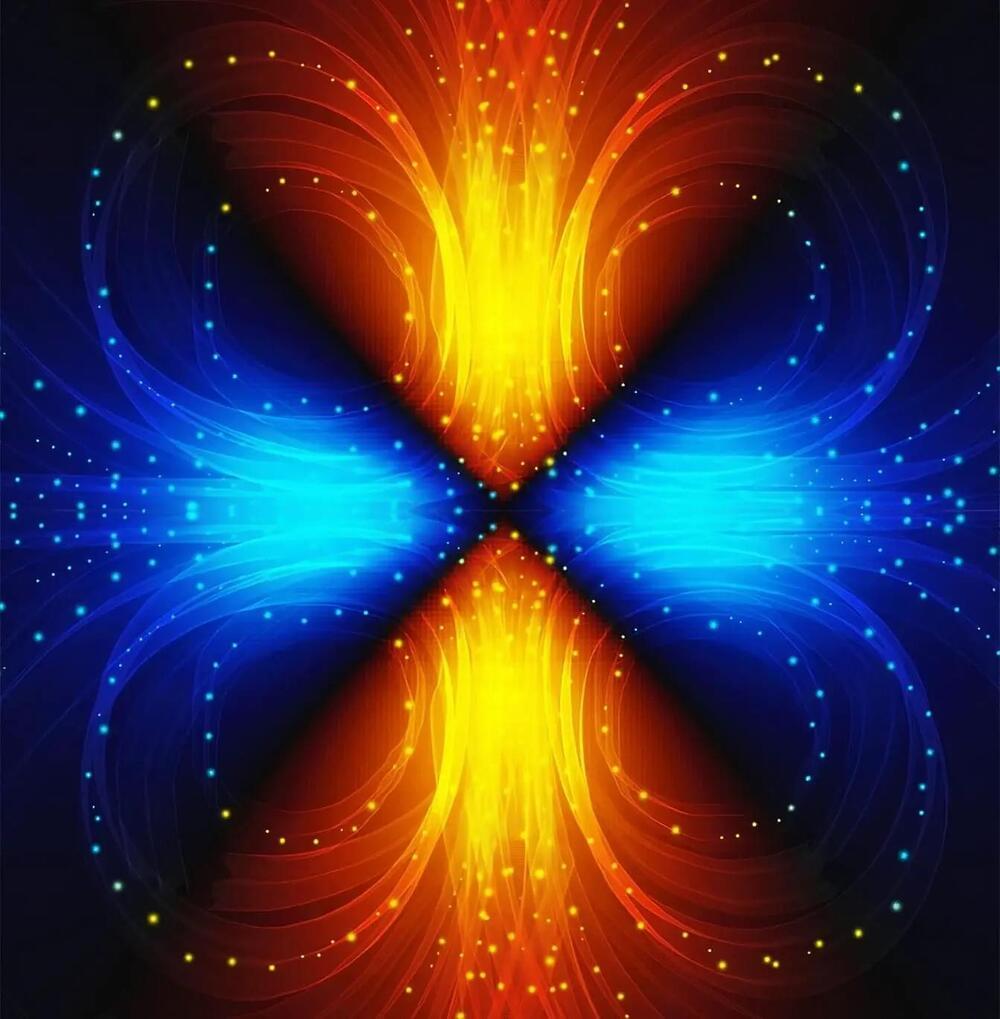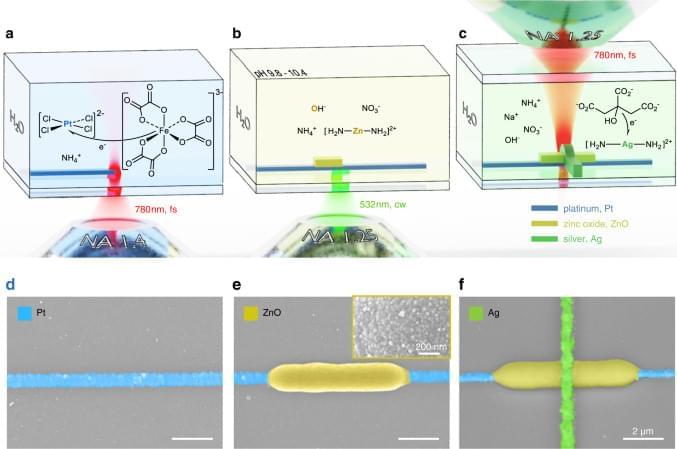Art projects can fundamentally be anything you like, as long as you say they’re art at the end of it all. They don’t always work, or work well, but they often explore new ideas. Often, artists working on installations fall back on similar tools and techniques used by the maker community. [Julian] is no exception, and his Biotic Explorers work has many touchstones that will be familiar to the Hackaday set.
The Biotic Explorers Research Group is a broad art project, involving the creation of a fictitious scientific association. [Julian] created imaginary scientists, reports, and research to flesh out this world. The project culminates in the development of a prototype communications system, which uses pH sensors at either end of a fungal network in soil to send messages.
Liquids are applied to change the pH of the system, which can be picked up at the other end of the soil bed. The pH levels are read as digital signals, with pH levels either side of neutral reading as high and low bits. pH sensors can be expensive, so [Julian] chose the cheapest available, and tapped into their LCD display lines to read their output into an microcontroller. The system displays data using commonly available OLED displays, and hobby servo motors are used to control the dispensing of liquid.


